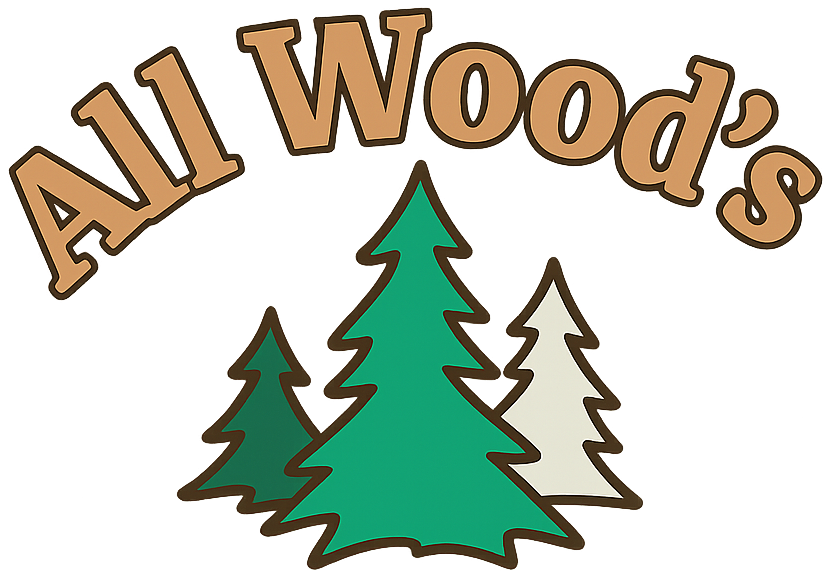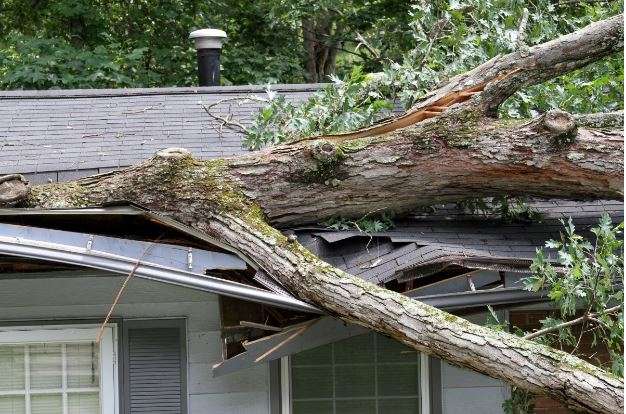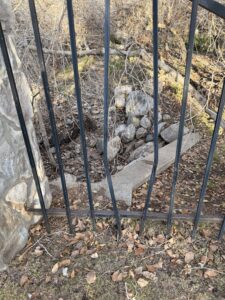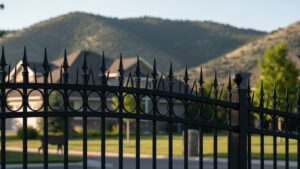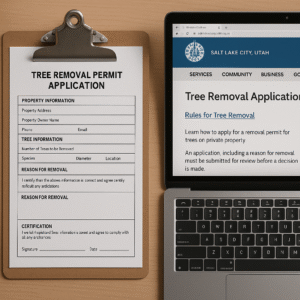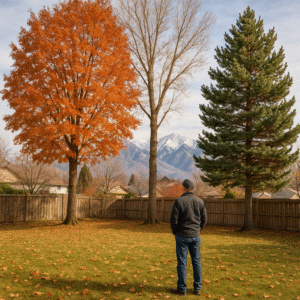Tips for Avoiding Tree Damage
Your trees are a lovely addition to your landscaping, adding shade and lush greenery to your yard. However, when a tree falls, it has the potential to cause extensive property damage or even injure someone. Follow these tips for avoiding tree damage.
Look for Dead Branches and Trees
When branches die, they’ll eventually fall, potentially damaging your home, shed, or car or causing an injury. This also applies to dead trees; they can be extremely dangerous when they’re located near your home or areas of your yard that you frequent.
However, dead trees and branches don’t always require removal, and leaving them can be beneficial to the ecosystem. The placement of the branches and trees usually dictates whether they need to be removed.
Examine Trees for Holes or Rot
Conduct a visual examination of your trees to see if there are any holes or areas of rot in your trees. Make sure to examine the trunk and the branches.
These issues can weaken the base of the tree or a branch and cause it to unexpectedly fall. If the tree is in a locale where it can hurt property or people, it needs to come down.
Inspect Trees Leaning in One Direction
Trees that are leaning in one direction need a closer look to determine if they’re a potential danger. Check the ground at the back side of the tree to see if the roots are lifting up.
If they are and the tree is in a precarious spot, you should consider using emergency tree services to remove it.
Get Rid of Branches That are Hanging Without Attachment in Areas With People or Property
Branches that aren’t actually attached to the tree are highly likely to fall at some point. It’s difficult to predict when the branch will fall, putting people and property at risk.
In this situation, these branches should promptly be removed.
How to Schedule Emergency Tree Care
Have a tree that you’re concerned about? Contact All Wood’s Tree Service to request an estimate or call 801-476-9181.
